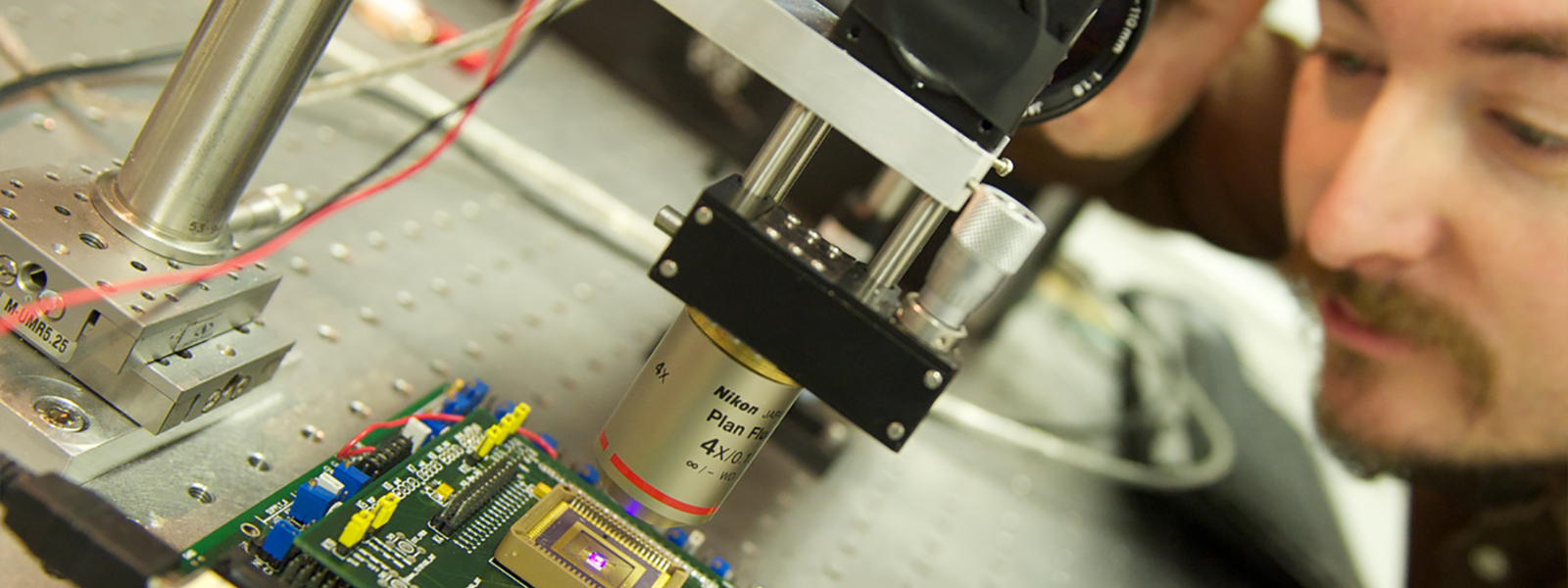The Institute of Photonics was established in 1995. We're a commercially oriented research unit that is part of the Department of Physics and was formed as a partnership between the University of Strathclyde, industry and government.
We have expertise across many disciplines, with core capabilities in:
Our research activities are strategically focused to ensure academic excellence is combined with strong industrial engagement. We're creative in facilitating these working relationships through mechanisms including the Fraunhofer Centre for Applied Photonics and direct contract research.
Our objective
To bridge the gap between university research and industry in the area of photonics research and development.
This is achieved through many collaborative research and development projects which include:
- strategic long-term research
- industrial contracts
- academic & industrial collaborative research programmes
- consultancy
Industry requirements significantly influence our research agenda and we're equally at home working with industrial or academic partners. Find out more about how we work with industry.
Our activities
The Institute's activities are built around four key priorities:
- research excellence
- research leadership
- international collaborations
- knowledge transfer
We work across a broad range of photonic source development and applications eg - all solid-state lasers, semiconductor materials and devices. We specialise in biophotonics, the latest developments in optical communications, semiconductor lithography and a host of other areas.
We provide an environment, facilities and expertise where a broad range of activity, from strategic research to supporting spin-out companies, can flourish.
Success for us can mean:
- meeting new research and technical challenges, and building intellectual capital in the process
- delivering projects to specific deadlines for individual industry partners
- enabling the commercialisation of technology developed in the Institute though spin-out, licensing or other knowledge transfer route
